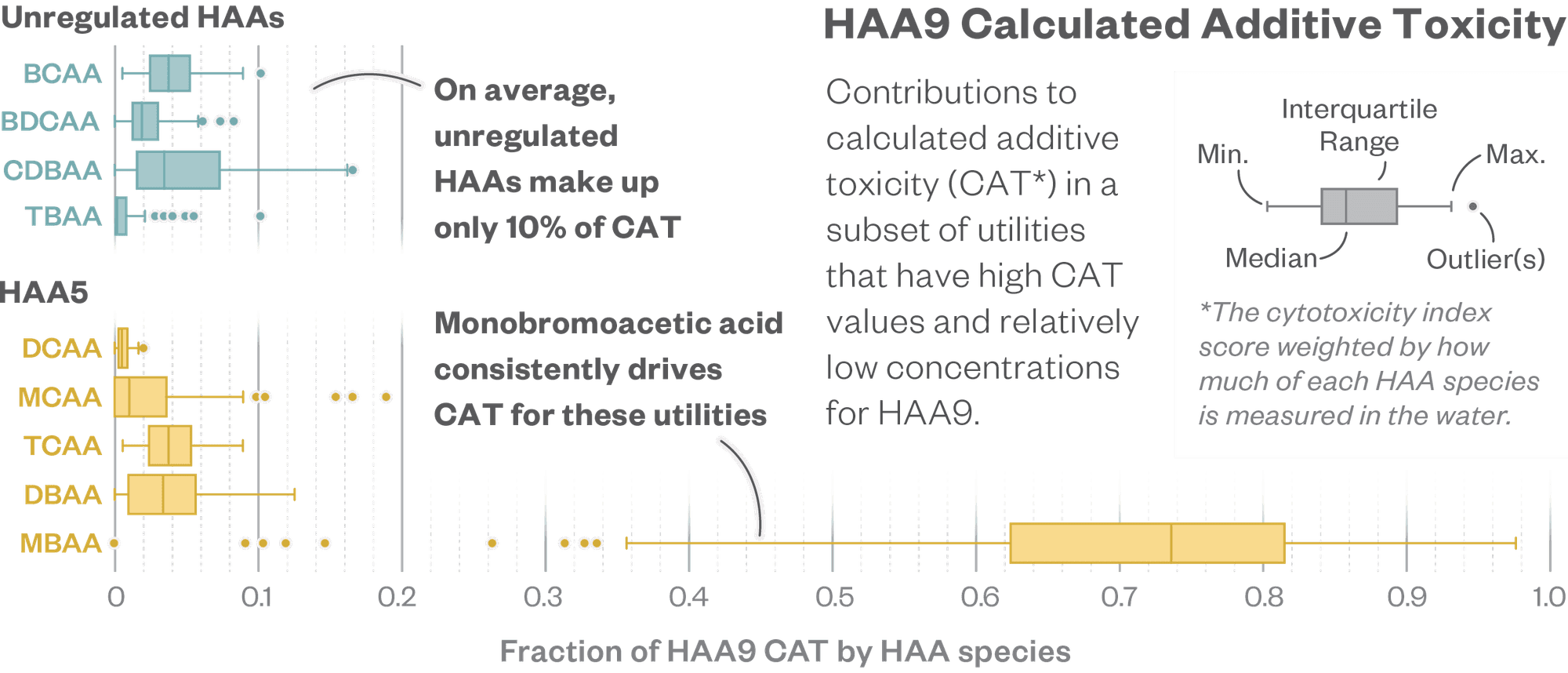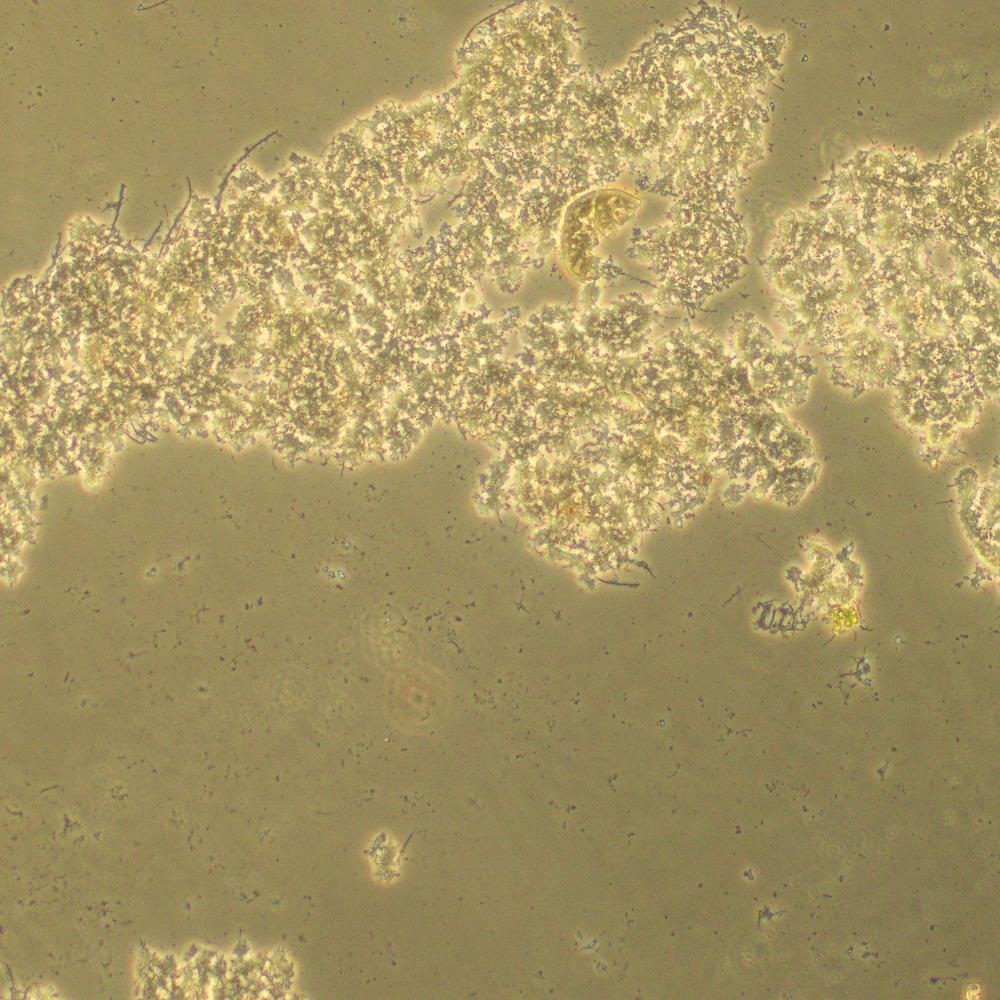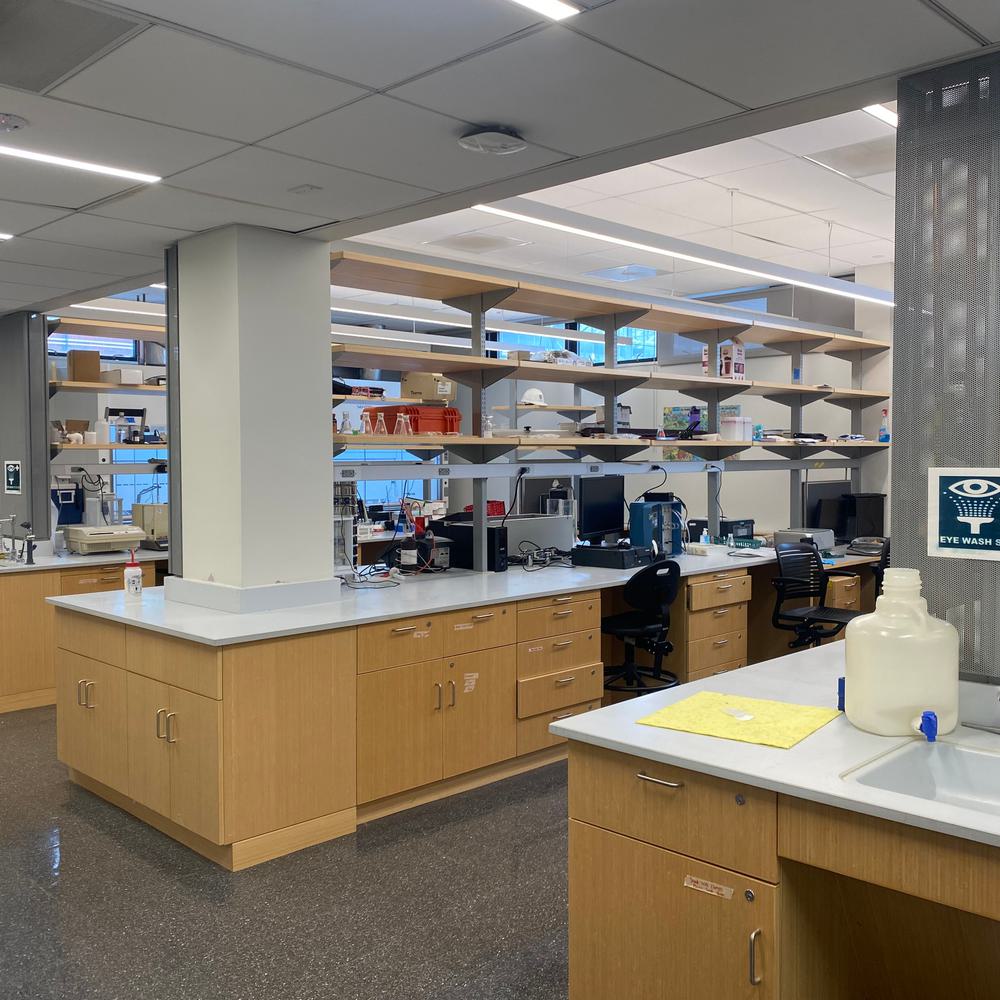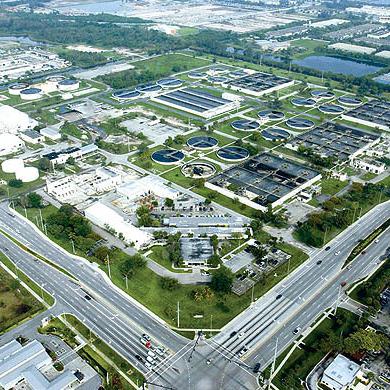Hazen Research Finds Proposed Regulations Would Not Impact Public Health
(NEW YORK, NY - October 27, 2023) - A Hazen-led Water Research Foundation (WRF) project found that regulating more haloacetic acids (HAA), a kind of disinfection byproduct (DBP), won’t actually reduce people’s exposure to the most toxic HAAs. To summarize our research and findings, Hazen’s Eric Peterson and Ben Stanford recently published an article titled “Evaluating Regulatory Scenarios to Limit U.S. Nationwide Exposure to Cytotoxic Haloacetic Acids” in AWWA Water Science.
The U.S. Environmental Protection Agency (EPA) is considering a regulatory revision of the Disinfectant and Disinfection Byproduct Rule with a goal of limiting nationwide exposure to DBPs of emerging health concern. The project team conducted robust research, including an analysis of detailed water sample data from thousands of utilities and a comprehensive toxicity evaluation of 69 DBPs.
Based on these research results, the National Drinking Water Advisory Council is recommending that the EPA not pursue HAA9 regulations.
The team found that toxicity varies widely across DBPs, including within the HAA family. Based on their cytotoxicity index, the most toxic HAA is monobromoacetic acid (MBAA). It’s part of the HAA5 group that’s already regulated and appears to be tens to hundreds of times more toxic than other HAAs.

To inform its decision-making—and as part of the Fourth Unregulated Contaminant Monitoring Rule (UCMR 4)—the EPA required thousands of utilities across the country to sample their water for the HAAs that would be included in the HAA9 group, along with several other unregulated chemicals under consideration. Hazen obtained detailed records of the UCMR 4 data through a Freedom of Information Act request.
For each water sample, the team multiplied the concentration of each HAA by its toxicity value from the cytotoxicity index, then added the results to get a value called calculated additive toxicity. The team found that a utility could have low total HAA9 concentrations but high toxicity weight if MBAA, the most toxic HAA, was present. What’s more, since MBAA is already regulated, most of the utilities with those high toxicity values are already accounted for within the EPA’s HAA5 regulation, and an expanded rule likely wouldn’t affect them at all.
On the flip side, utilities with high HAA9 concentrations often had low toxicity weights, meaning they had a lot of the relatively less toxic HAAs. Requiring them to lower their concentrations wouldn’t provide a significant benefit, because it wouldn’t lower people’s exposure to the more toxic compounds.

Related: Since MBAA is already regulated, most of the utilities with those high toxicity values are already accounted for within the EPA’s HAA5 regulation. An expanded rule likely wouldn’t affect them at all.

Among the water systems with above average HAA9 calculated additive toxicity (CAT), MBAA contributes much more to CAT than any other HAA9 species despite low concentrations (generally less than 1 µg/L) in finished waters. In contrast, the four unregulated HAAs combined contribute only a quarter of CAT on average.
“We undertook this research in part to help guide the EPA on potential future HAA regulations,” explained Ben Stanford, Associate Vice President at Hazen. “We want to make sure that public health is maintained without putting unnecessary financial and regulatory pressure on our utilities.”
The final EPA ruling is expected sometime in 2024. The full article detailing this research and our findings is available in AWWA Water Science. For more information and the final report when available, visit the Water Research Foundation website.























